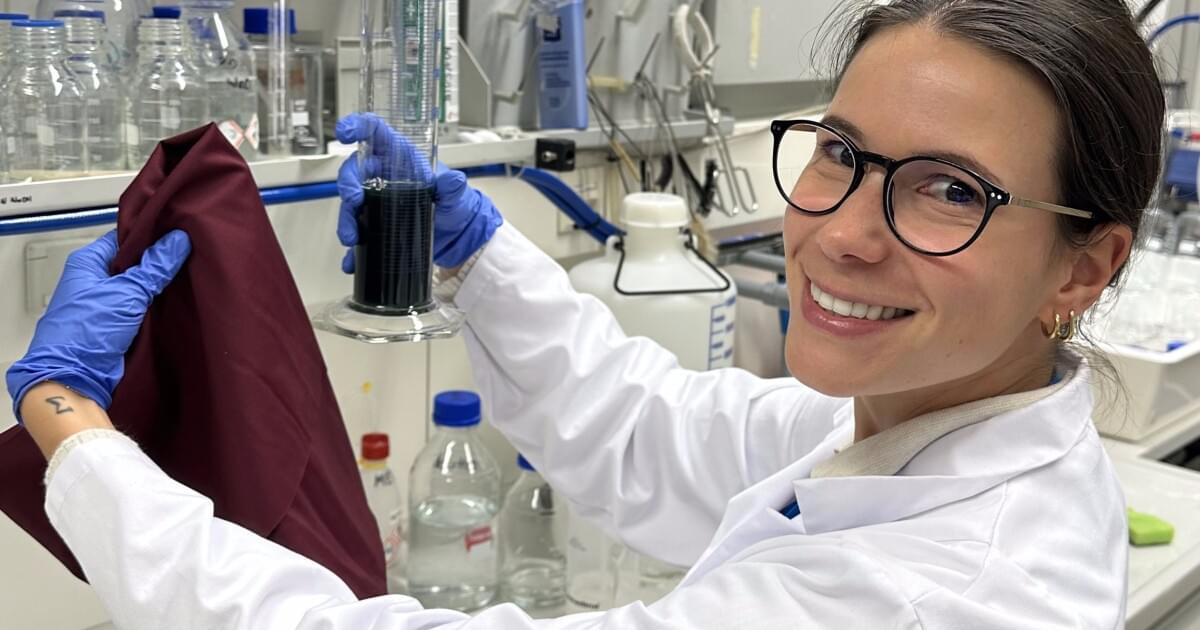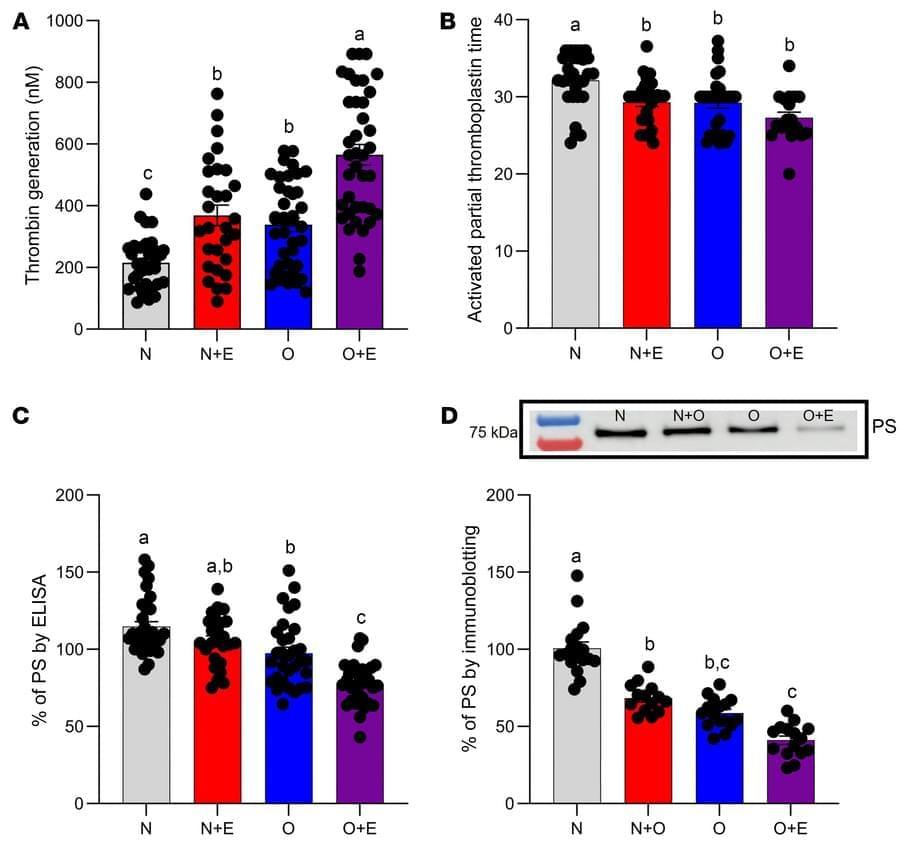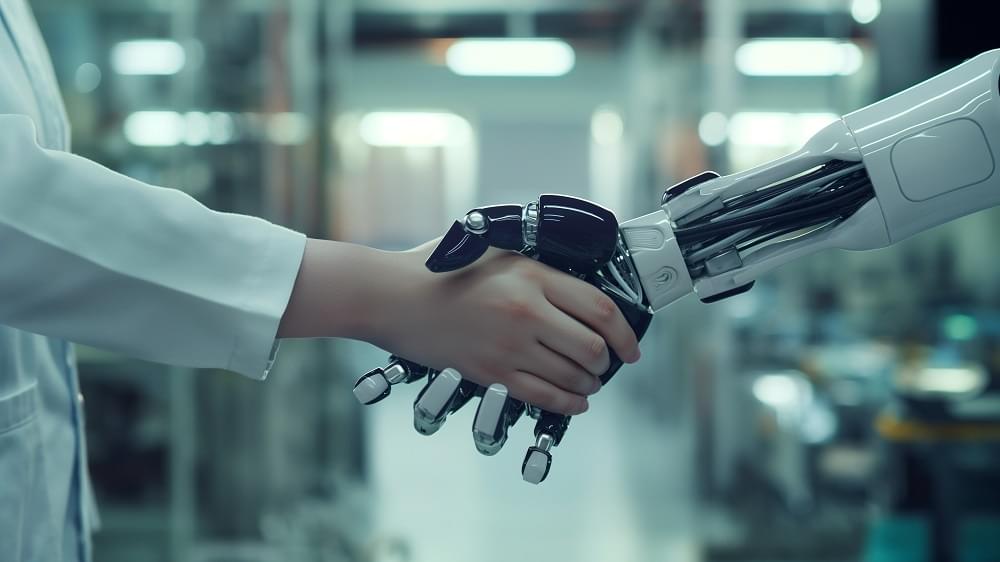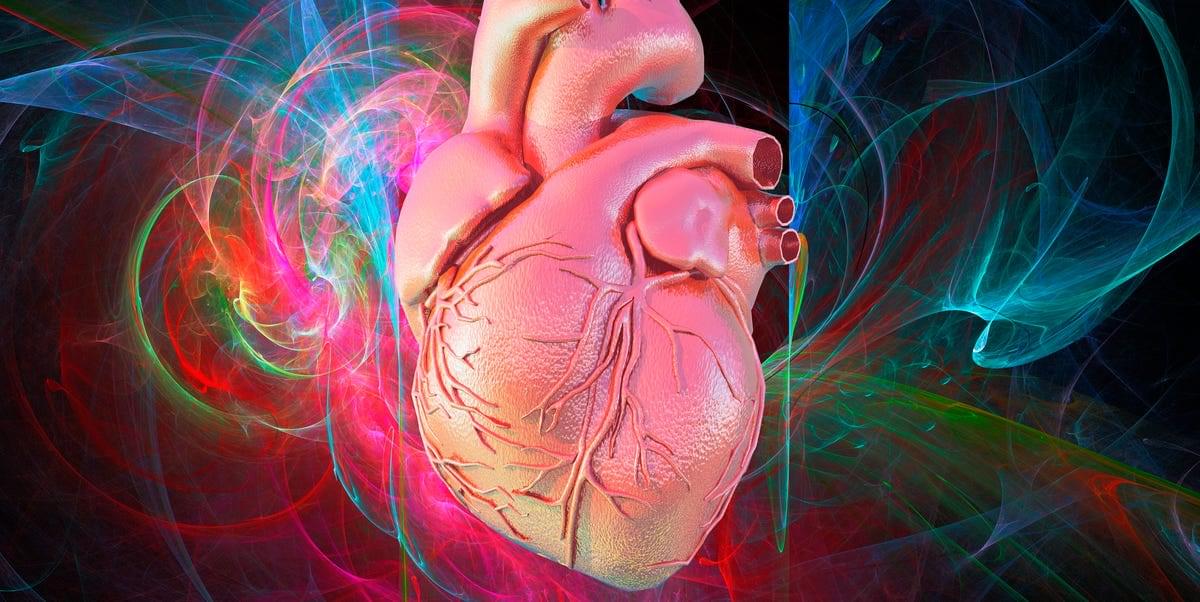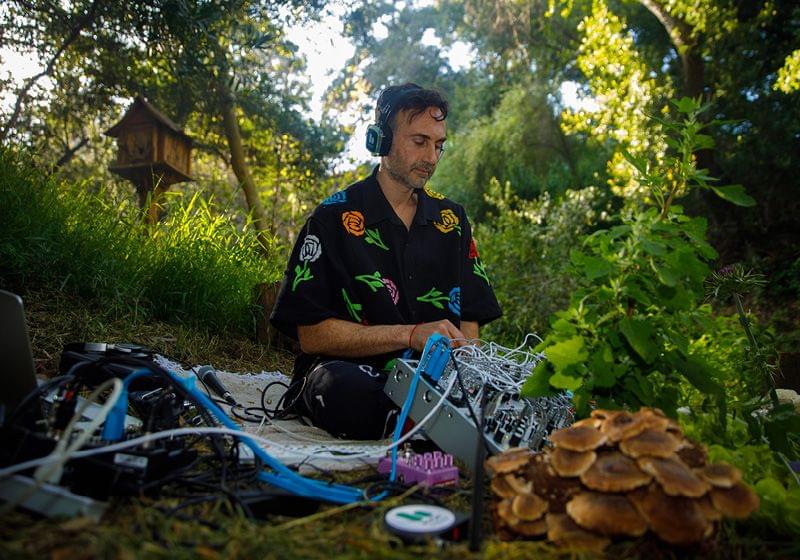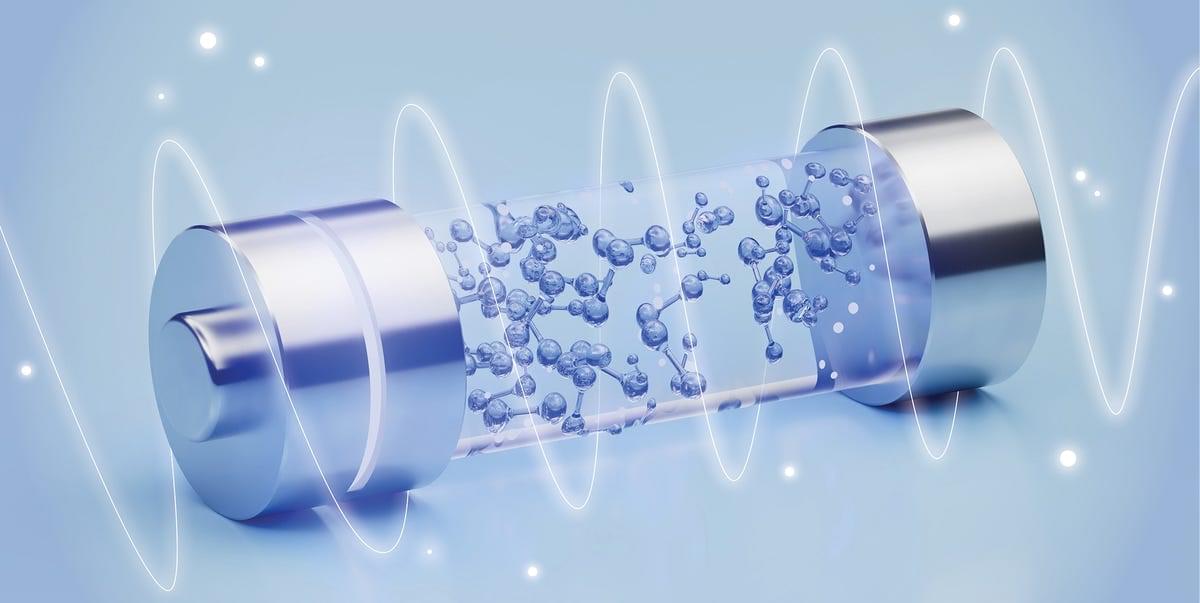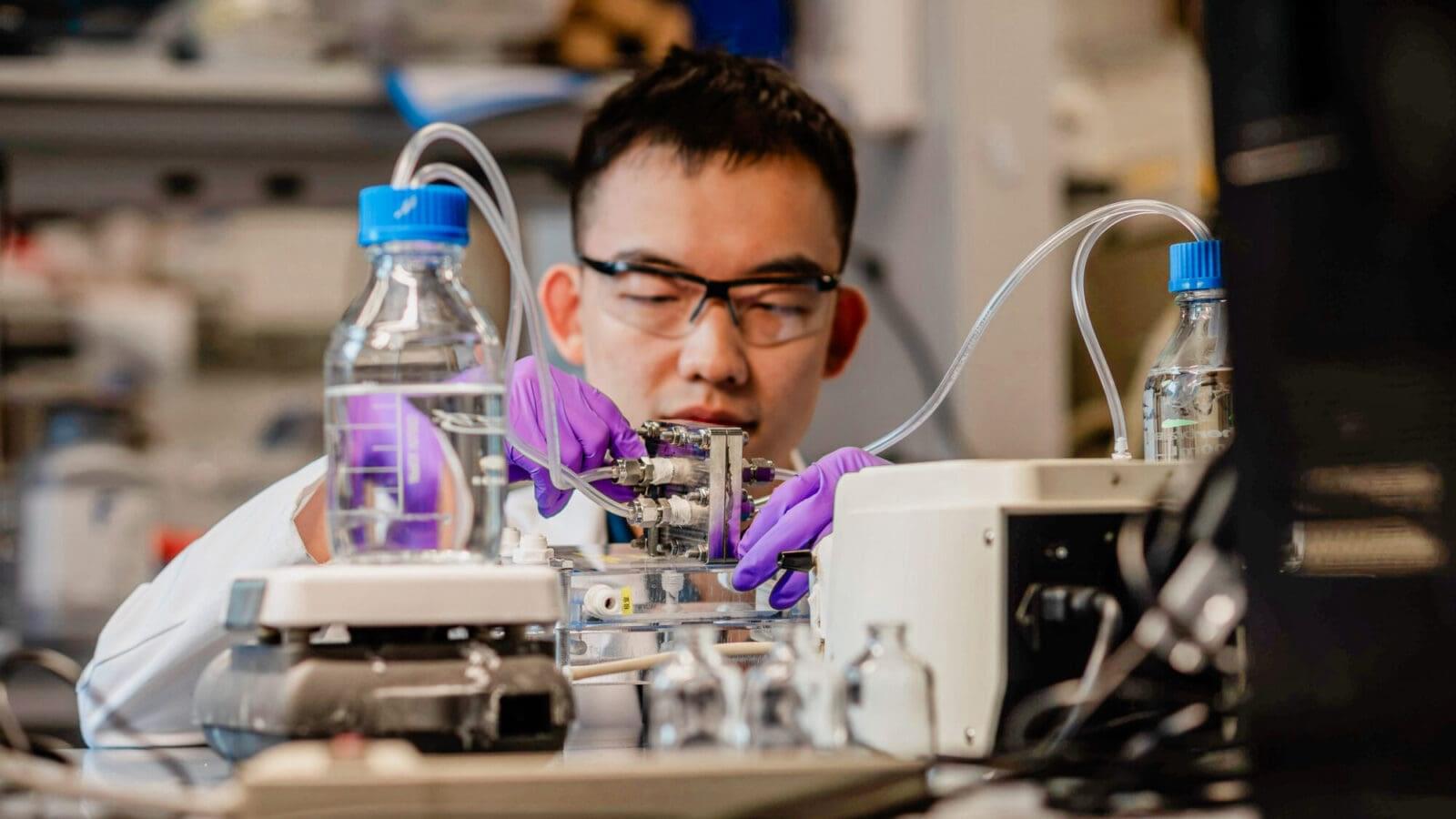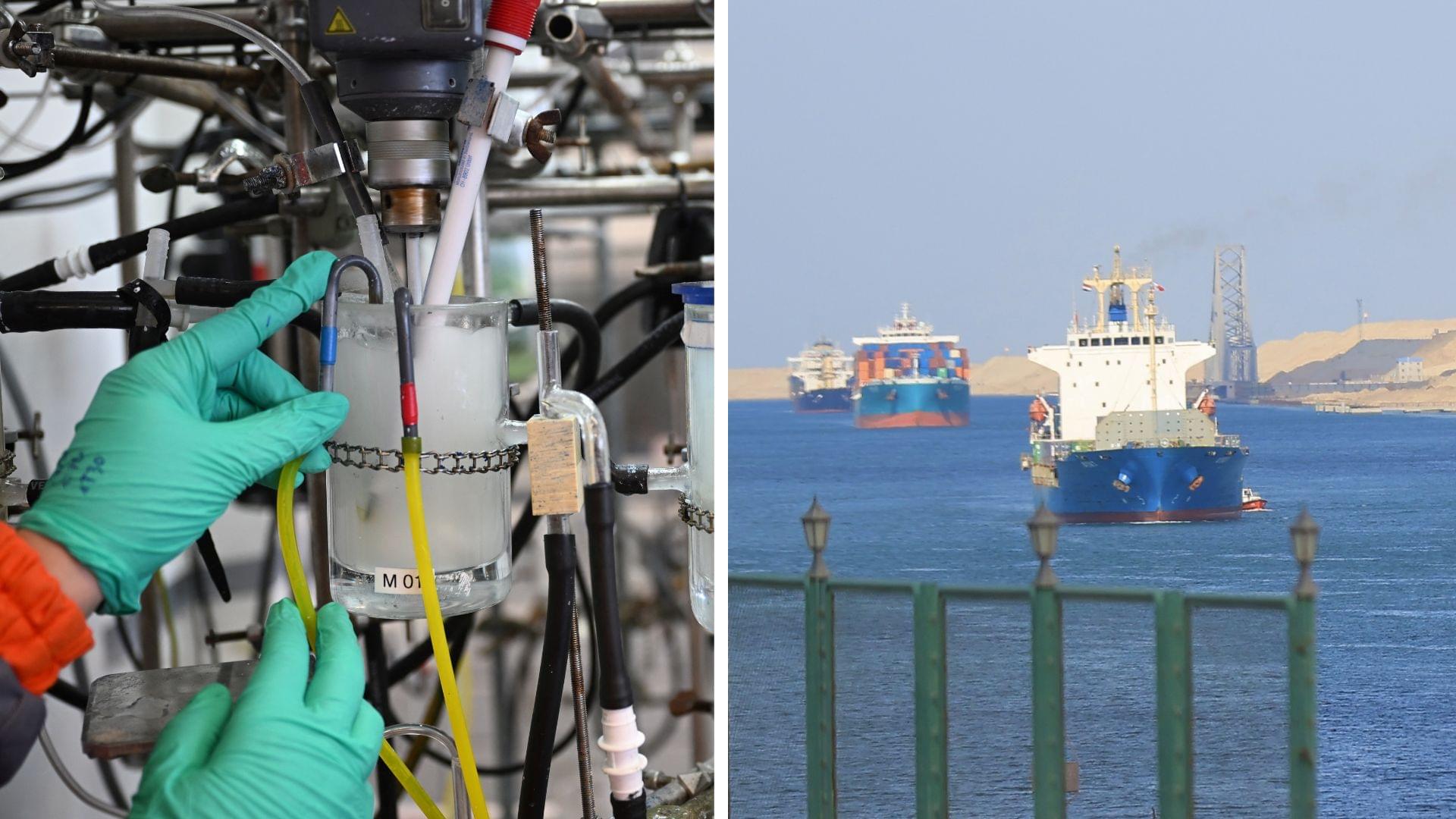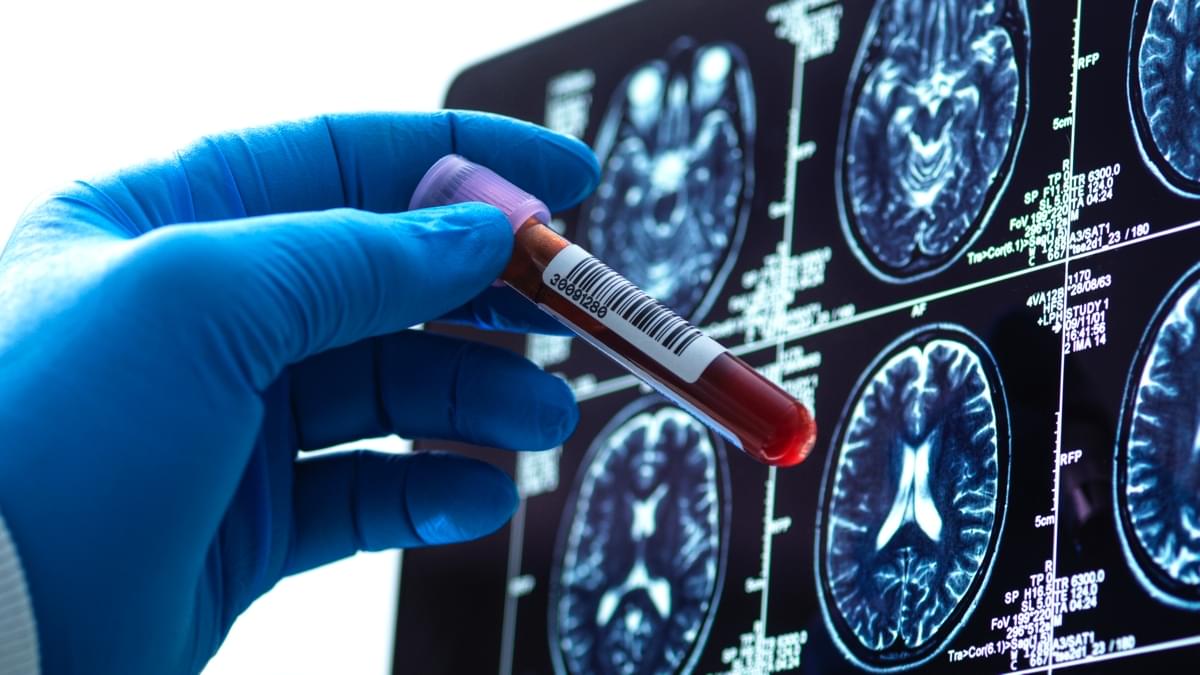What we think of as polyester fabric is most often actually a blend of polyester and cotton, which has proven very difficult to recycle. A new solvent, however, breaks the blend down into its two components, leaving both almost completely reusable.
Made up of menthol and benzoic acid, the solution was developed by PhD student Nika Depope, Dr. Andreas Bartl and colleagues at the Vienna University of Technology.
Although both substances are solid at room temperature, they take on a “deep eutectic solvent” form when heated to a temperature of 216 ºC (421 ºF). When polycotton (polyester/cotton blend) textiles are immersed in that liquid, it causes the polyester to dissolve and separate from the cotton fibers within just five minutes.
